
By Angelo Randaci, Earth’s Ally Horticulturist
Angelo’s passion for plants has led him to explore many areas of horticulture including research, grounds management, technical training, design and nursery management.
“The moon, like a flower in heaven’s high bower,
with silent delight sits and smiles on the night.”
-William Blake
At the end of the day, after the cloak of darkness descends, after the evening meal is finished and the dishes are washed, nature comes alive with creatures and flowers along with the scents and sounds of nature at night. Between dusk and dawn, the world becomes a magical place filled with creatures and flowers so magnificent they seem like they are from another world. Walking through a garden in the light of the silvery moon allows you to experience the ethereal glow radiating from the plants and flowers not seen in sunlight. They take new shapes, new colors, and new forms. Whether entertaining or spending a quiet moment, a moon garden offers a glimpse into the extraordinary life of nature and the many mysteries that come awake only at night.
What is a Moon Garden?
A moon garden consists of an outdoor space that, while beautiful during the day, takes on a completely different look and feel by the light of the moon. The gardens feature plants that reflect moonlight and are designed for evening enjoyment. These will contain a combination of plants in silvers, grays, and whites in both foliage and flowers. The garden will also attract night pollinators which often go unnoticed but continue pollinating flowers through the night long after daylight pollinators have retired for the day.
Nighttime Pollinators
Nighttime pollinators visit your plants between dusk and dawn. The list includes bees, bats, and moths. All are attracted to plants with white and pale-colored flowers, especially ones that emit fragrance and produce lots of nectar.
Moths
The majority of moths are nocturnal. They sleep during the day and search for food during the night. Hawk moths are common pollinators that drink nectar from sweet-smelling flowers and in the process, carry pollen from flower to flower. They resemble hummingbirds as they hover over flowers sipping nectar with long straw-like tongues.
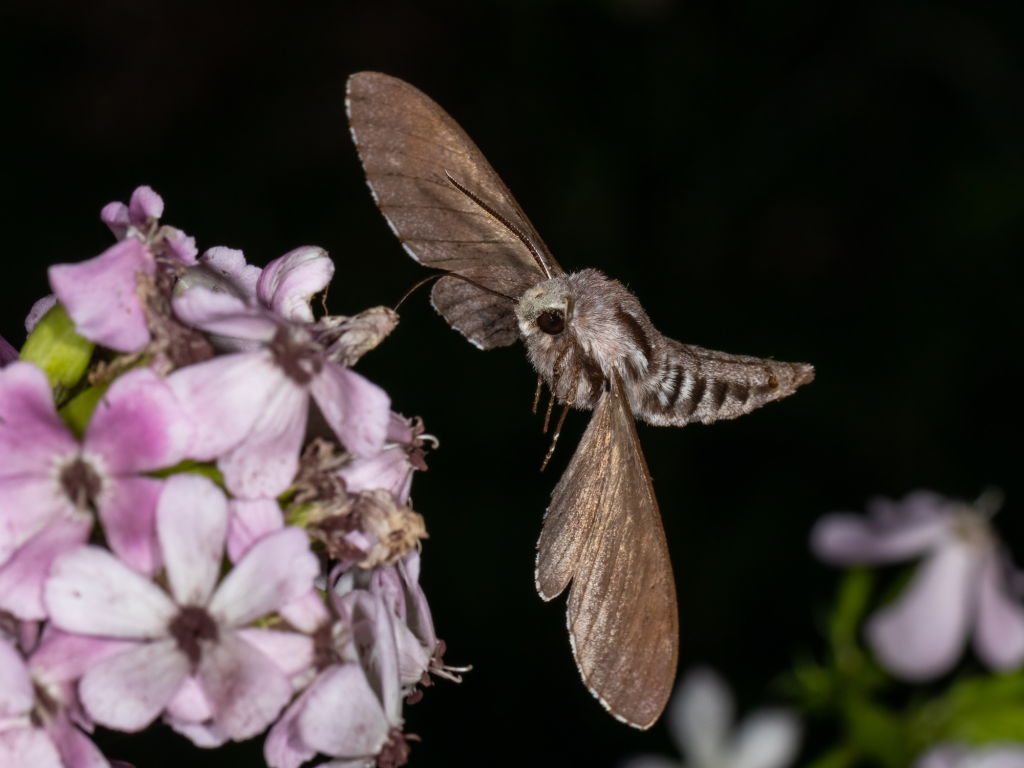
Yucca moths and yucca plants share a specific interdependence. After mating, the female collects pollen from one plant, then flies to another yucca plant depositing both pollen and eggs. The caterpillars feed only on yucca seeds. Neither would survive without the other.
Bees
We generally think of bees as being industrious day-active species, like the common honeybee. While most bees are safely back in their nests by sundown, some bees begin their work after the setting sun. Two species of honeybees are known to forage throughout the night when moonlight is present in the sky. Some species of wasps are nocturnal as well.
Related: Let’s Learn About Bees: Our Most Important Pollinators
Fireflies
The adults of most firefly species are pollinators, with diets consisting primarily of pollen and nectar. Their larvae are also beneficial, feeding on snails, slugs, and grubs.
With every garden–but particularly gardens with the express purpose of attracting pollinators–it’s important to use pollinator-friendly pesticides.
How to Create a Moon Garden
The same design rules apply to a moon garden that applies to any garden, except the focus being the garden at night and more specifically, a garden illuminated by moonlight.
Your moon garden can be large or small, whatever your preference. Even a small section on a deck or patio will provide a quiet place of contemplation or an intimate place to entertain.
Lighting A Moon Garden
First, determine the amount of light the area receives and choose plants that will thrive in your hardiness zone. Many plants will tolerate a certain amount of shade. A space receiving only morning sun is more suitable for shade-loving plants whereas a garden with afternoon sun can be considered a sun garden. Many plants will thrive in a dappled shade area as well. Dappled shade is an area where the sun is filtered through a tree canopy creating a mix of both sun and shade.
Find the Moonlight
Select an area where your garden will receive the most moonlight. Simply walk your property at night looking for where moonlight shines the brightest during the hours when you are most likely to spend time in the garden. Notice where the moon casts shadows and think about how you can enhance these areas.
Picking a spot with a view from inside your home will allow you to enjoy the garden on colder, unwelcoming days.
Yucca moths and yucca plants share a specific interdependence. After mating, the female collects pollen from one plant, then flies to another yucca plant depositing both pollen and eggs. The caterpillars feed only on yucca seeds. Neither would survive without the other.
Bees
We generally think of bees as being industrious day-active species, like the common honeybee. While most bees are safely back in their nests by sundown, some bees begin their work after the setting sun. Two species of honeybees are known to forage throughout the night when moonlight is present in the sky. Some species of wasps are nocturnal as well.
Related: Let’s Learn About Bees: Our Most Important Pollinators
Fireflies
The adults of most firefly species are pollinators, with diets consisting primarily of pollen and nectar. Their larvae are also beneficial, feeding on snails, slugs, and grubs.
With every garden–but particularly gardens with the express purpose of attracting pollinators–it’s important to use pollinator-friendly pesticides.
How to Create a Moon Garden
The same design rules apply to a moon garden that applies to any garden, except the focus being the garden at night and more specifically, a garden illuminated by moonlight.
Your moon garden can be large or small, whatever your preference. Even a small section on a deck or patio will provide a quiet place of contemplation or an intimate place to entertain.
Lighting A Moon Garden
First, determine the amount of light the area receives and choose plants that will thrive in your hardiness zone. Many plants will tolerate a certain amount of shade. A space receiving only morning sun is more suitable for shade-loving plants whereas a garden with afternoon sun can be considered a sun garden. Many plants will thrive in a dappled shade area as well. Dappled shade is an area where the sun is filtered through a tree canopy creating a mix of both sun and shade.
Find the Moonlight
Select an area where your garden will receive the most moonlight. Simply walk your property at night looking for where moonlight shines the brightest during the hours when you are most likely to spend time in the garden. Notice where the moon casts shadows and think about how you can enhance these areas.
Picking a spot with a view from inside your home will allow you to enjoy the garden on colder, unwelcoming days.
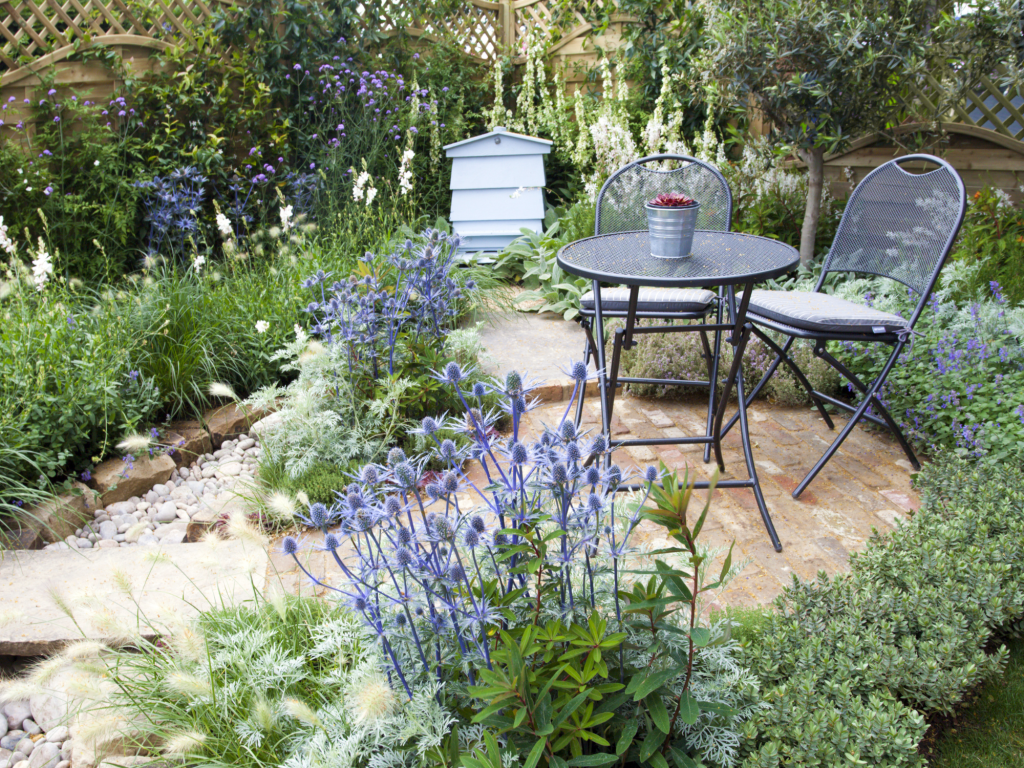
Designing A Moon Garden
Once you find the perfect spot for your garden, it’s time to think about plants along with enhancements to create a moonlit ambiance. Focus on plants and foliage that will reflect the moon’s light. Choose flowers that open at night, and release fragrances along with foliage that adds texture, color, and form when reflected by moonlight.
Create interest by using plants with contrasting textures, flower shapes, and forms. An example of this would be to pair the spiky foliage of a white iris with the flowing dissected foliage of a white peony. Choose plants of varying heights and repeat them throughout the garden.

Plant light-colored flowers in masses to capture moonlight and create a powerful impact. Starting from the back of the border, plant white flowering shrubs like spirea, hydrangea, and viburnums. Plant choices depend upon your hardiness zone, but you can find plants with similar characteristics for any growing zone. Even if a plant is not cold-hardy in your area, it can be used for seasonal color or grown in the home during colder months. Extend color and interest through the seasons beginning with spring. In more northern zones, bulbs such as daffodils, hyacinths, and tulips will kick the season off.
Midseason plants will begin blooming next. Yarrows, Shasta daisies, and foxgloves in white are all good choices; some varieties have silvery foliage to stand out even more under moonlit skies. Late bloomers like mums and Russian sage, will extend color well into fall.
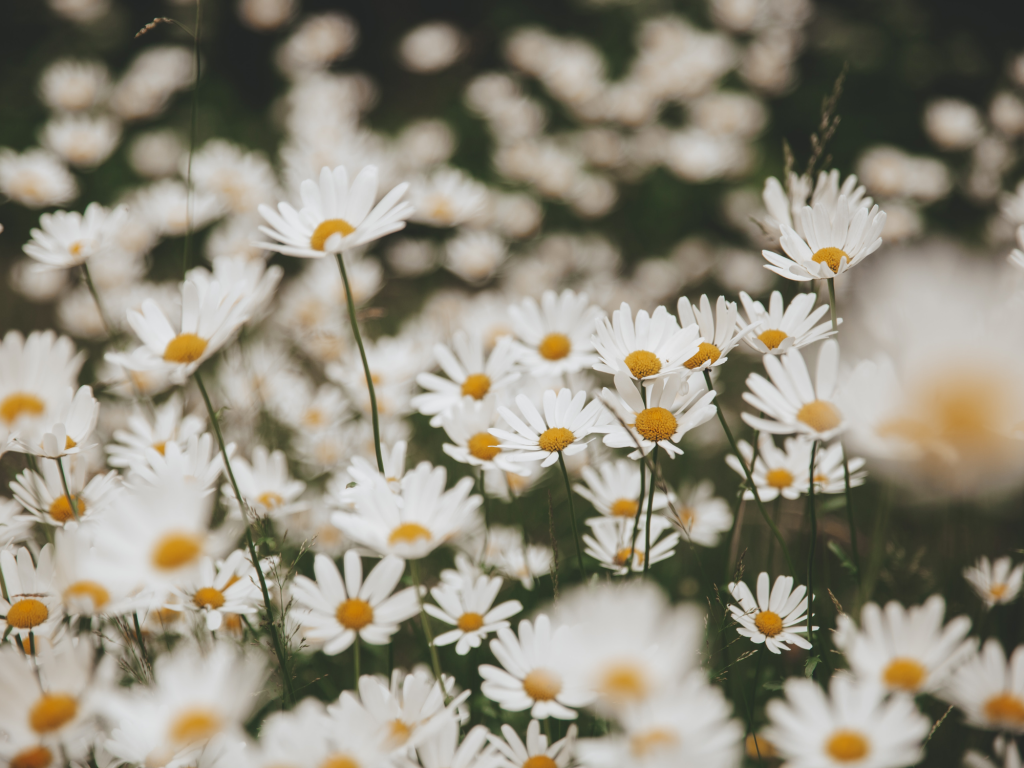
And don’t forget foliage colors. Foliage is a dominant feature during the growing season, offering color without blooms. Lamb’s ear and Silver Mound artemisia add color in sunny spots and variegated hostas planted with Japanese Painted Ferns in the shade.
Some flowering plants are only open during daylight hours. Avoid planting morning glories, gazanias, moss roses, or any other flower known to close up at night.
Add Fragrance to A Moon Garden
Sprinkle fragrant flowering plants throughout your garden, especially near seating areas to enhance the nighttime experience. The plant palette might include roses, fragrant species of viburnums, and Easter Lilies. Angel’s trumpet (Brugmansia sp.), Confederate Jasmine (Trachelospermum jasminoides), gardenias, night-blooming cereus, and moonflowers (Ipomoea alba) all release a powerful scent during evening hours. Some annuals are known for their fragrance and will add an aromatic infusion of wonderful scents to the garden. A few fragrant annuals are listed below.
Fragrant Annuals
Sweet alyssum
Sweet alyssum presents flowers with a honey-like fragrance that will permeate the garden.
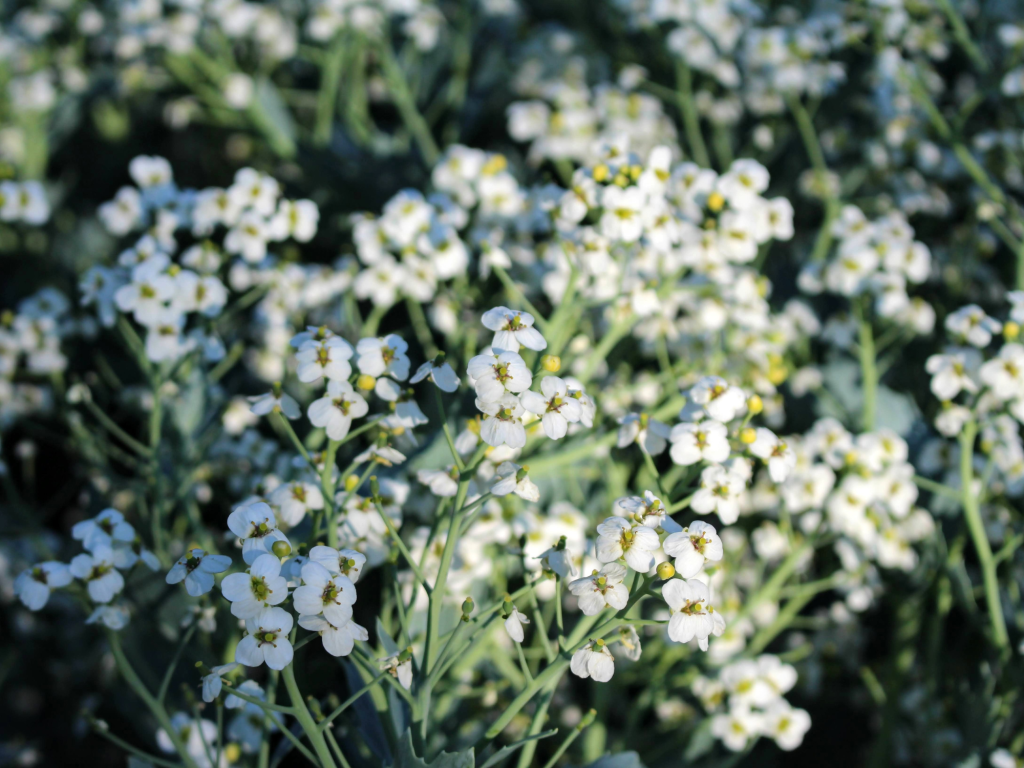
Petunias
The evening fragrance of petunias is one of the finest among all flowers. A few fragrant varieties include the Thumbelina and the Prism Sunshine series.
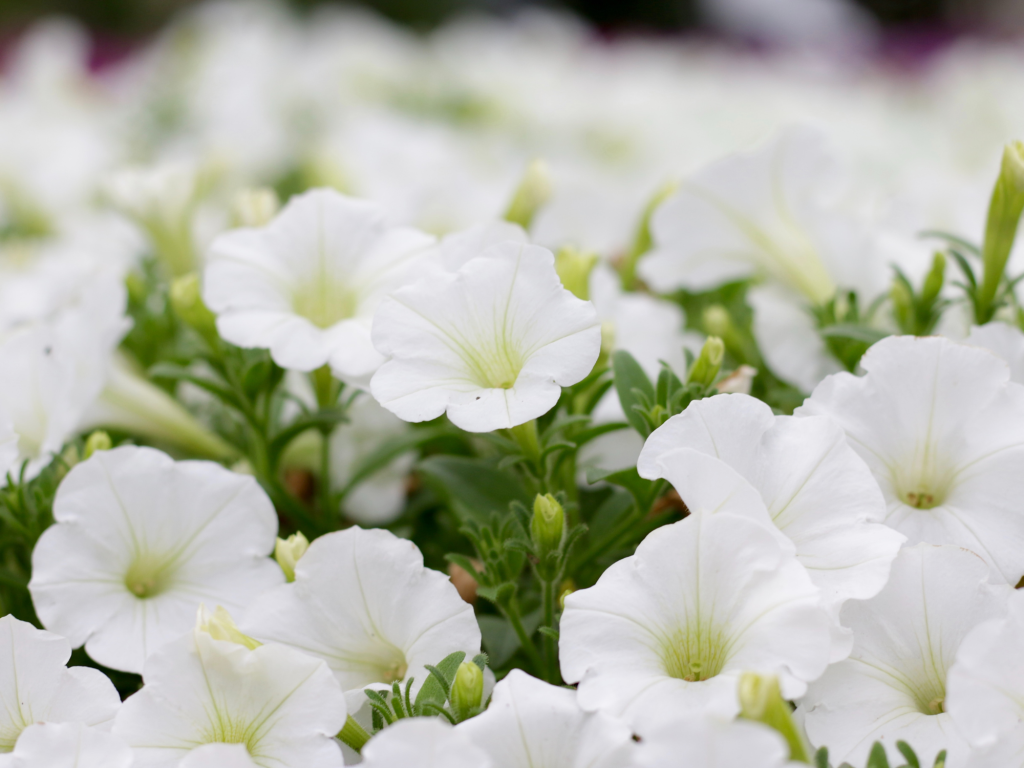
Queen of the Night or Flowering Tobacco (Nicotiana alata)
Nicotiana alata is a white variety of flowering tobaco offering a scent that will fill the air from dusk into the evening hours.
Four-o-clocks (Mirabilis jalapa)
Four-o-clocks open in midafternoon emitting a fragrance that increases as the evening advances. The fluted blossoms open in the afternoon, releasing a jasmine-like fragrance throughout the evening hours.

Additional Garden Enhancements
- Light-colored paving materials will reflect light and provide safe pathways around the garden.
- Include a table and comfortable seating for relaxing and enjoying the peaceful atmosphere.
- Add lighting to enhance pathways, brighten dark corners or light up moonless and overcast nights. Lighting can come from solar lighting, candles, lamps, or string lights. Add lighting to trees around the perimeter to define the moonlit area.
- Containers with or without plants in them add a strong ornamental feature to the garden. White-flowered plants planted in dark hanging baskets will appear to be floating in the air. Add tiny string lights to a hanging basket for a magical firefly effect in dark corners.
- Other enhancements can include statuary, gazing balls, mirrors, bee house, or wind chimes to add the element of sound.
We’d love to hear how Earth’s Ally is helping you grow healthy gardens. Share your experience with our bee safe formulas and stay connected with the #EarthsAlly community on Facebook, Instagram and Twitter for access to our latest blog posts, giveaways and exclusive promotions.
